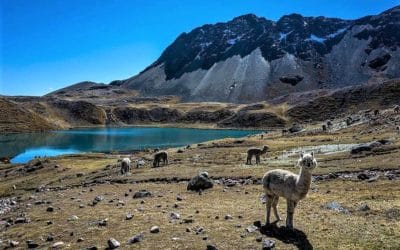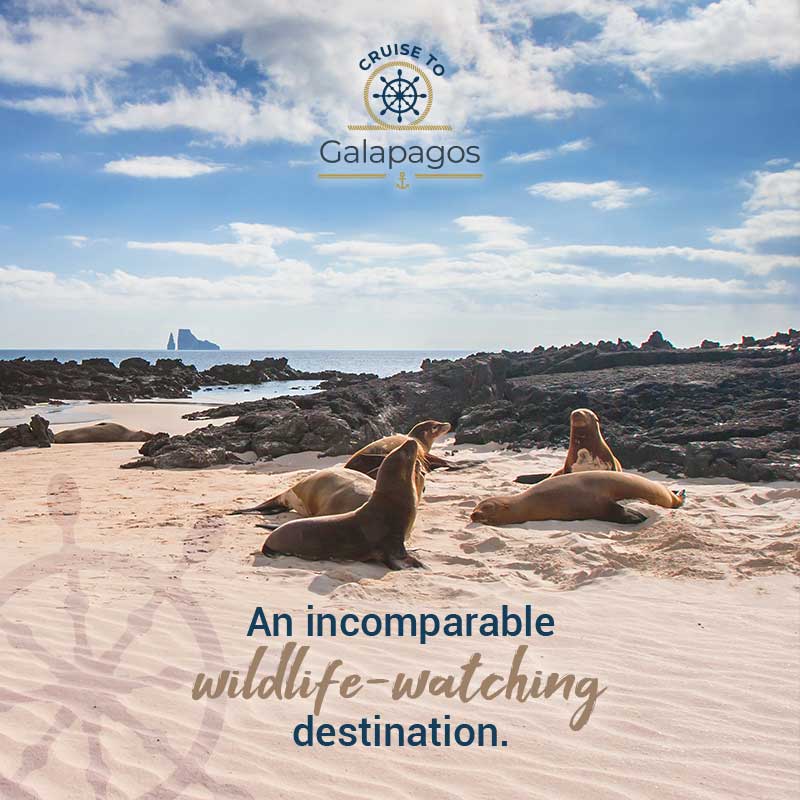Top 5: Peru Traditional Festivals
Stay up to date with our most recent news and updates
Peru is one of the energetic countries in the world. Every month is occupied with festivals that promote the culture of this wonderful country. Peru festivals are the perfect way to experience the real culture of this country. During your visit, you will experience the food, the art, the landscapes as well as other wonders of Peruvian culture.
In this article we mention our top best festivals in Peru:
Inti Raymi
The Inti Raymi means “Sun Festival” in Quechua, this is one of the most important celebrations of the imperial Cusco and one of the most thrilling festivals in the entire country. This wonderful celebration is performed in the esplanade of Sacsayhuaman every June during the celebrations and aims to pay tribute to the Sun God, the supreme symbol of reverence in the Inca culture.
Every year more than 600 actors take part in this unique event, representing their ancestors with the same passion as these people did centuries ago.
The current occupants of the Andean countries continue to carry out this tradition. The Inti Raymi remains a ritual for many other indigenous communities of Inca legacy, some of them are settled in other parts of the ancient Inca territory, such as Ecuador, Colombia, Peru, northern Argentina (Jujuy) and Bolivia.

Qoyllur Rit’i
The Qoyllur Riti, which in Quechua means “Snow Star”, is a religious festival that is celebrated in Cusco 58 days after Easter of the Holy Week and just a few days before Corpus Christi, so its date varies from year to year. The main ceremony is held in the Mount Ausangate, with temperatures that can get below 0 ° C.
The ritual is associated with the abundance of the land and the adoration of Apus, as part of one of the biggest traditions of indigenous nations. The ritual is a pilgrimage of shepherds, merchants, and onlookers gathering at the shrine of Sinakara.
According to ancient tradition, the Baby Jesus appeared to an Indian child, Marianito Mayta. The celebration starts on the day of the Holy Trinity when over 10,000 pilgrims climb to the limit of perpetual snow.
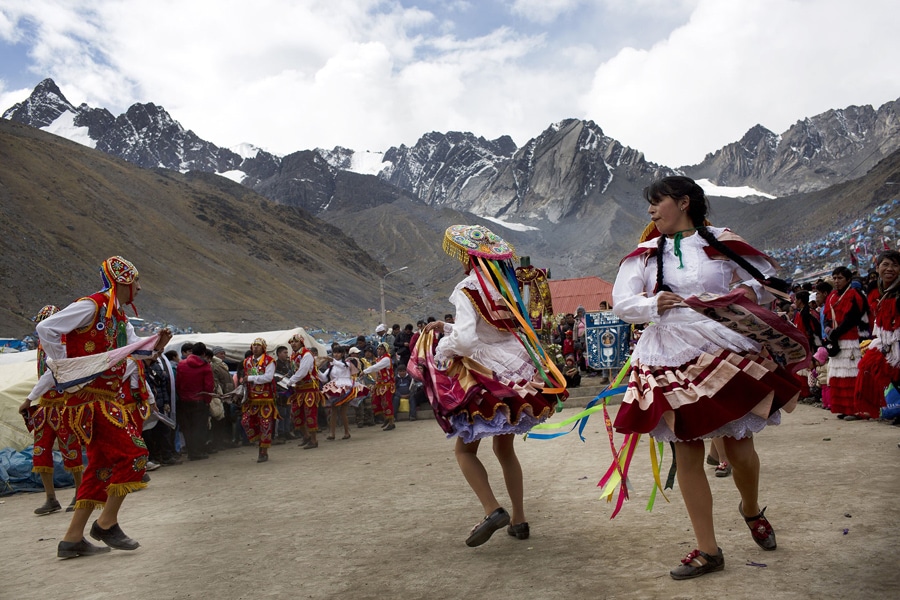
Corpus Christi
The Feast of Corpus Christi used to be celebrated widely all over the country, but the most known popular celebration is located in the impressive city of Cusco.
Fifteen richly decorated statues of saints and religious figures are stalked along with the Plaza de Armas, sixty days after Easter Sunday. During this day you can listen to the sounds of María Angola, the biggest bell tower of the Church in Peru, erected during the 16th century by Diego Arias de la Cerda. The night before, locals prepare and consume around twelve of the most typical Peruvian dishes, including cuy chiriuchu, chicha (typical local beer), and more.
The procession on the main day takes place around midday. The Plaza de Armas is occupied with locals and visitors who are willing to see the attractively decorated saints. Corpus Christi is a very colorful and traditional ritual. For foreign visitors, it’s an excellent opportunity to taste the traditional Peruvian culture.
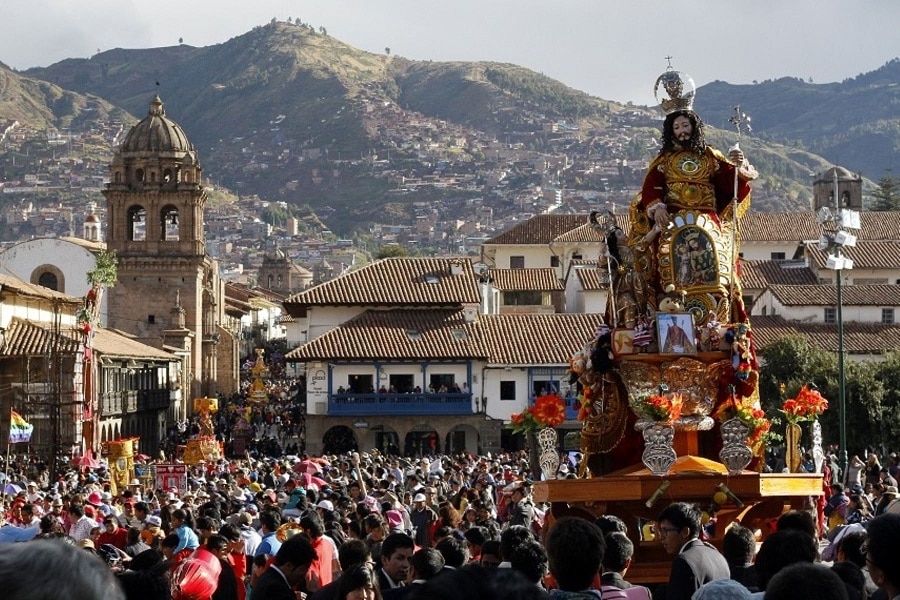
Bajada de Reyes en Ollantaytambo
The traditional Cusqueña Christmas festivities end with the Festival of the Bajada de Reyes, an event known as the descent of the three wise men. This festival is a clear mixture of colonial and native religions.
Bajadas de Reyes celebrates not only the happiness of Christmas celebrations, it also the height of the rainy season. It is a festivity of nourishment and the upcoming growing season. This celebration is marked by a colorful procession of the baby Jesus from the gorgeous church of Marcacocha. Traditional dancing is also incorporated to this festival creating one of the dynamic ones in Peru.
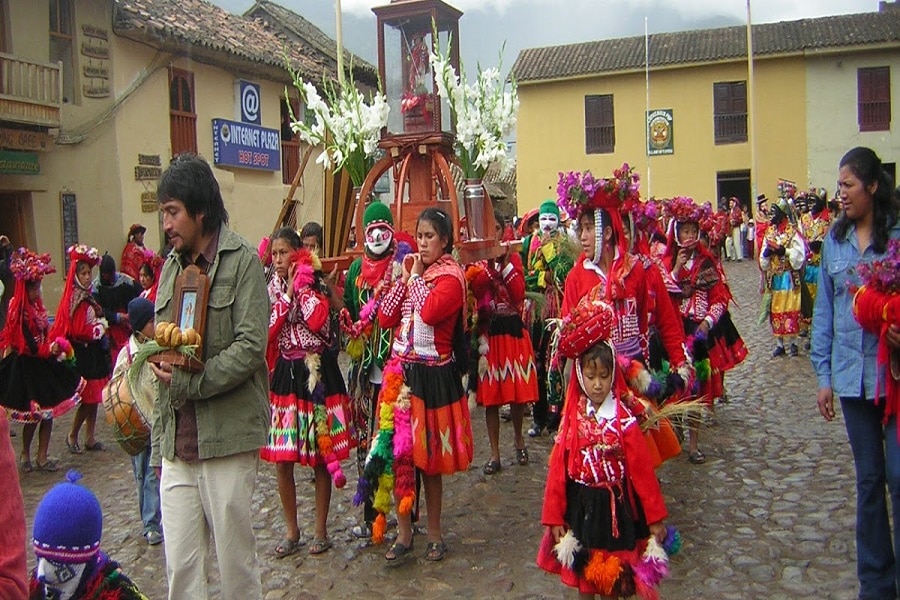
Santurantikuy
The Quechua expression Santurantikuy, means “Buy me a little saint” and is the emblem of the exhibition-sale whose origins date back to the 16th century. The Santurantikuy fair is Cusco’s spirit, tradition, culture, art, and devotion.
The origin of this celebration is unclear; it’s believed to have its origins in the XVI century. The oldest reference to Santurantikuy dates from 1834 and was not named like that. Regardless of this mystery, what we know for sure is that Santurantikuy is a Spanish creation from the colonial period, imposed to evangelize indigenous Peruvians, including images of catholic saints being sold on the steps of the Cathedral of Cusco.
Among the saints’ images offered, the star of the fair is Niño Manuelito. This is nothing but the symbol of baby Jesus. The name Manuelito is a sweet variation of the Spanish form of “Emmanuel”, as baby Jesus is also known, according to catholic folklore.
Cusco’s people adopted as theirs the concept of Niño Manuelito, they even dressed him as an Inca emperor. This was headed by the Jesuits and generated indignation among the Catholic Church. Today, Niño Manuelito continues to be a representative and beloved figure for all Cusqueños, especially at Christmas time.
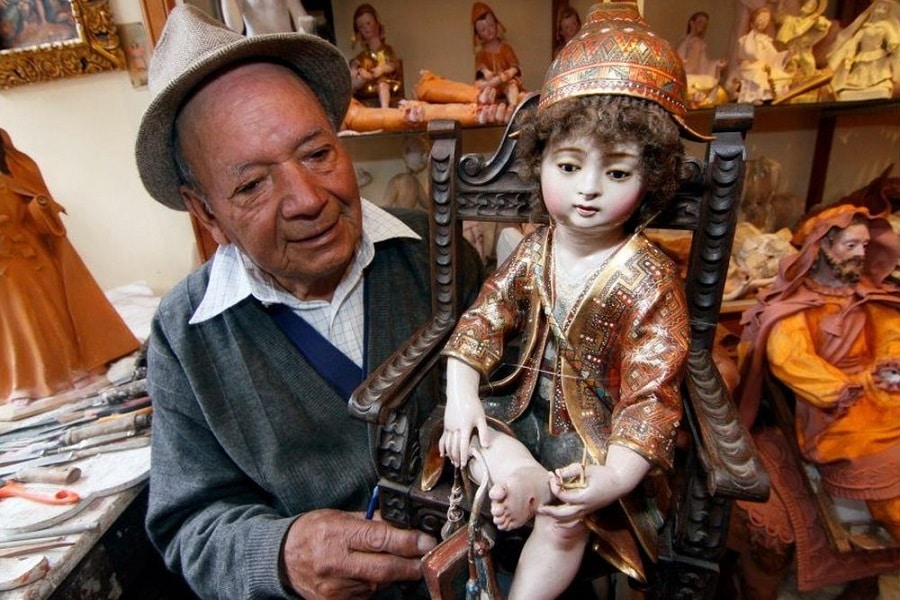
As you can see Peru truly has amazing festivals and traditions to offer you. Its culture is something you should experience at least once in their life. Make sure any of these festivals are included in your next visit to Peru.
If you liked this post, you can share it with your friends, or if you want to know more information, you can subscribe to our newsletter and receive updates on Galapagos, Ecuador, and other magical destinations in South America.
RELATED POST
Interesting facts about South America
Thinking of taking a trip and don’t know where to go? Here are some interesting facts about South America that will make you want to visit.
Top 5: must-visit mountains in your next Peru trip
The Peru mountains are undoubtedly a great attraction for those who like hiking and climbing. Discover more and prepare your equipment.


